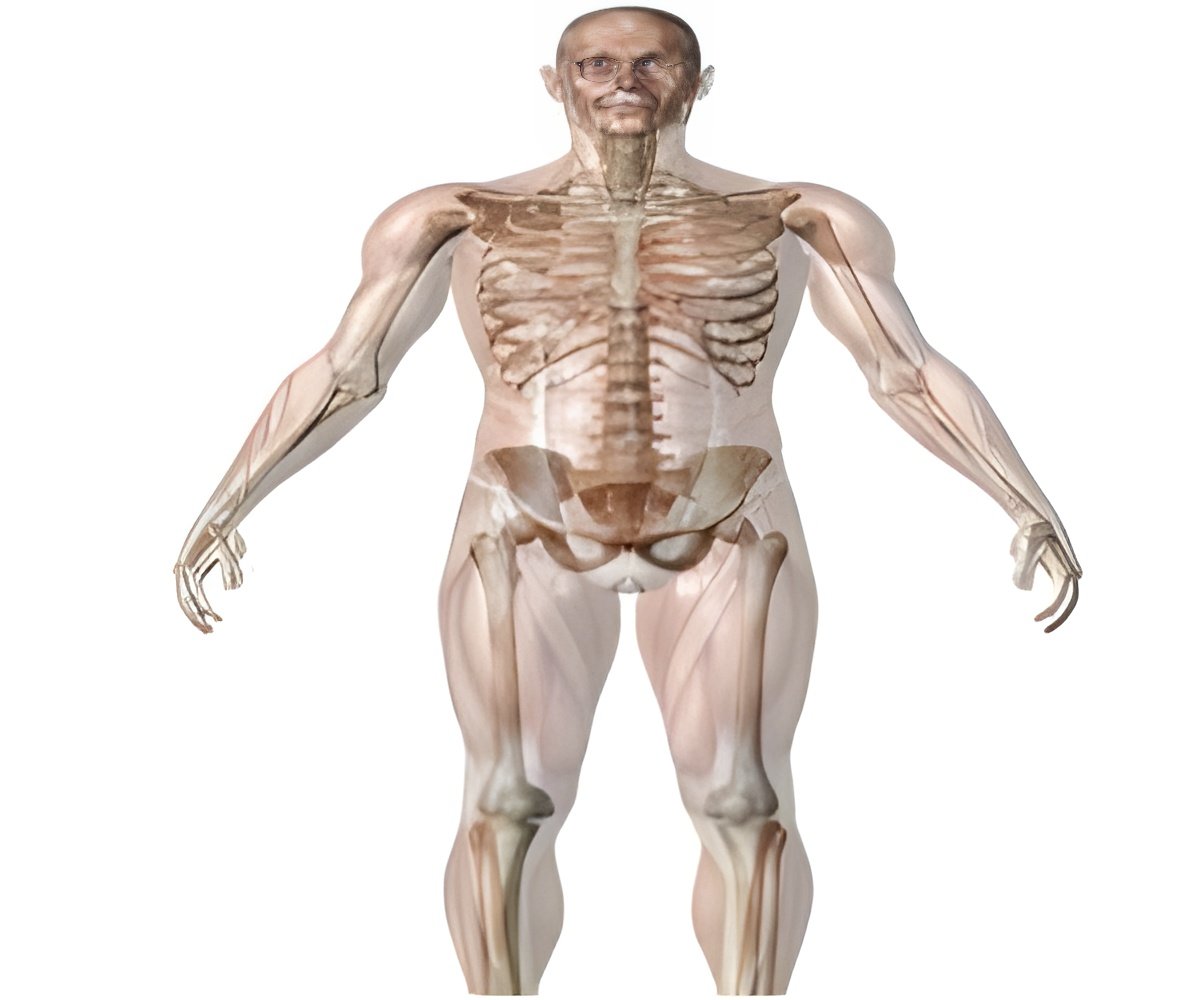
How filaminopathies develop
Mutations in the filamin C gene (FLNC) cause filaminopathies, which are manifested through progressive muscle weakness to the point of loss of the ability to walk. Muscle fibres are composed of myofibrils, for the development and maintenance of which the protein filamin C is crucial. The mutations examined in the study bring about a so-called myofibrillar myopathy: the myofibrils disintegrate in certain places and mutant filamin C and other proteins aggregate massively in the muscle fibres.
Support of protein degradation does not start on time
The researchers showed that the diseased protein deposits interfere with the protein degradation usually occurring in cells. Normally, cells produce what are known as heat shock proteins, which promote the degradation of protein deposits and make sure that other proteins assume their correct three-dimensional structure. "However, these protection mechanisms only seem to be increasingly activated when the critical point is exceeded. It looks as if the 'fire brigade' was called too late", says Dr. Kley. "We hope to positively influence the course of the disease by means of early treatment with substances that stimulate the production of heat shock proteins or affect the protein degradation in other ways. To study this, we have developed a cell culture model that allows us to carry out the first therapy studies in the laboratory."
Clinical picture more precisely characterised
Advertisement
Advertisement











